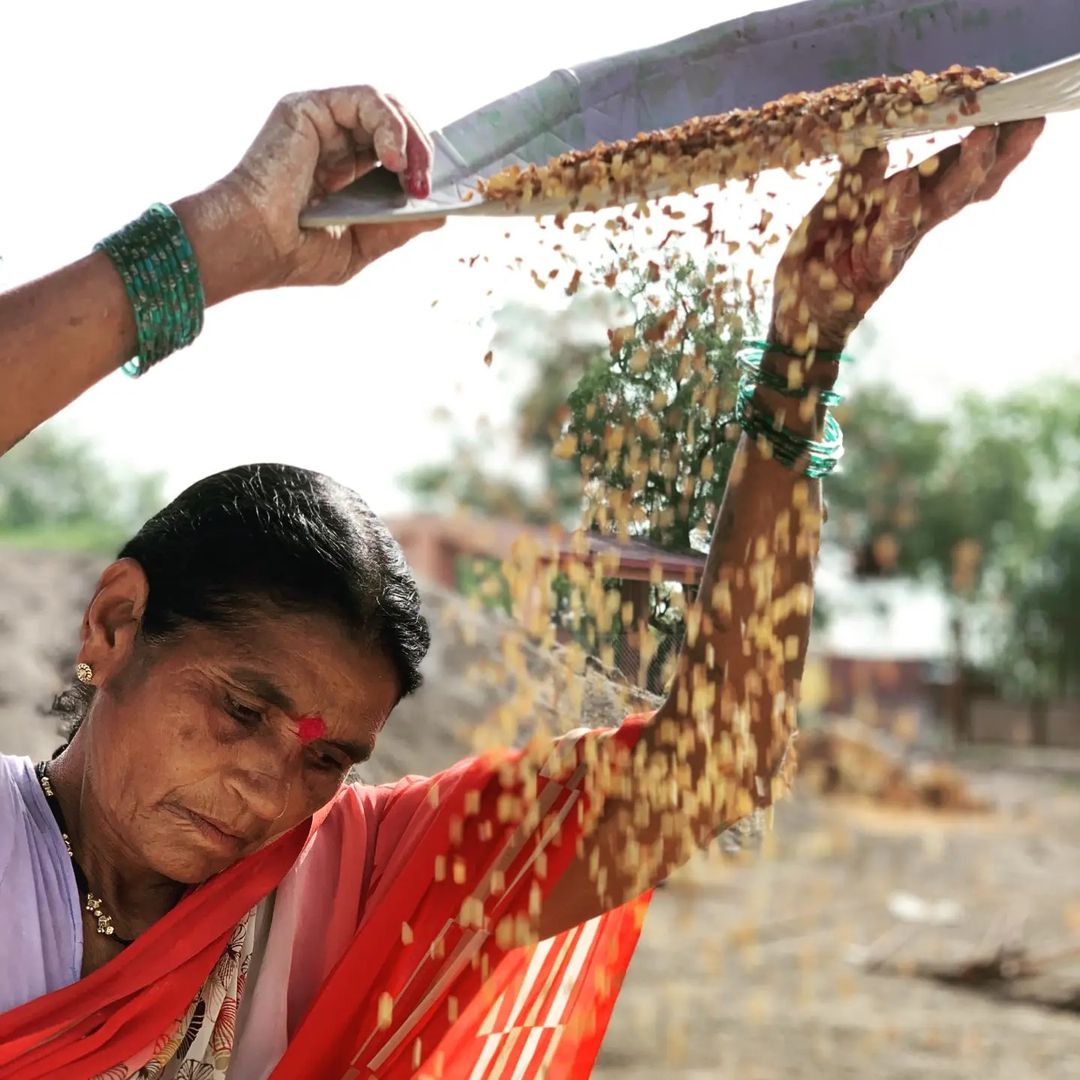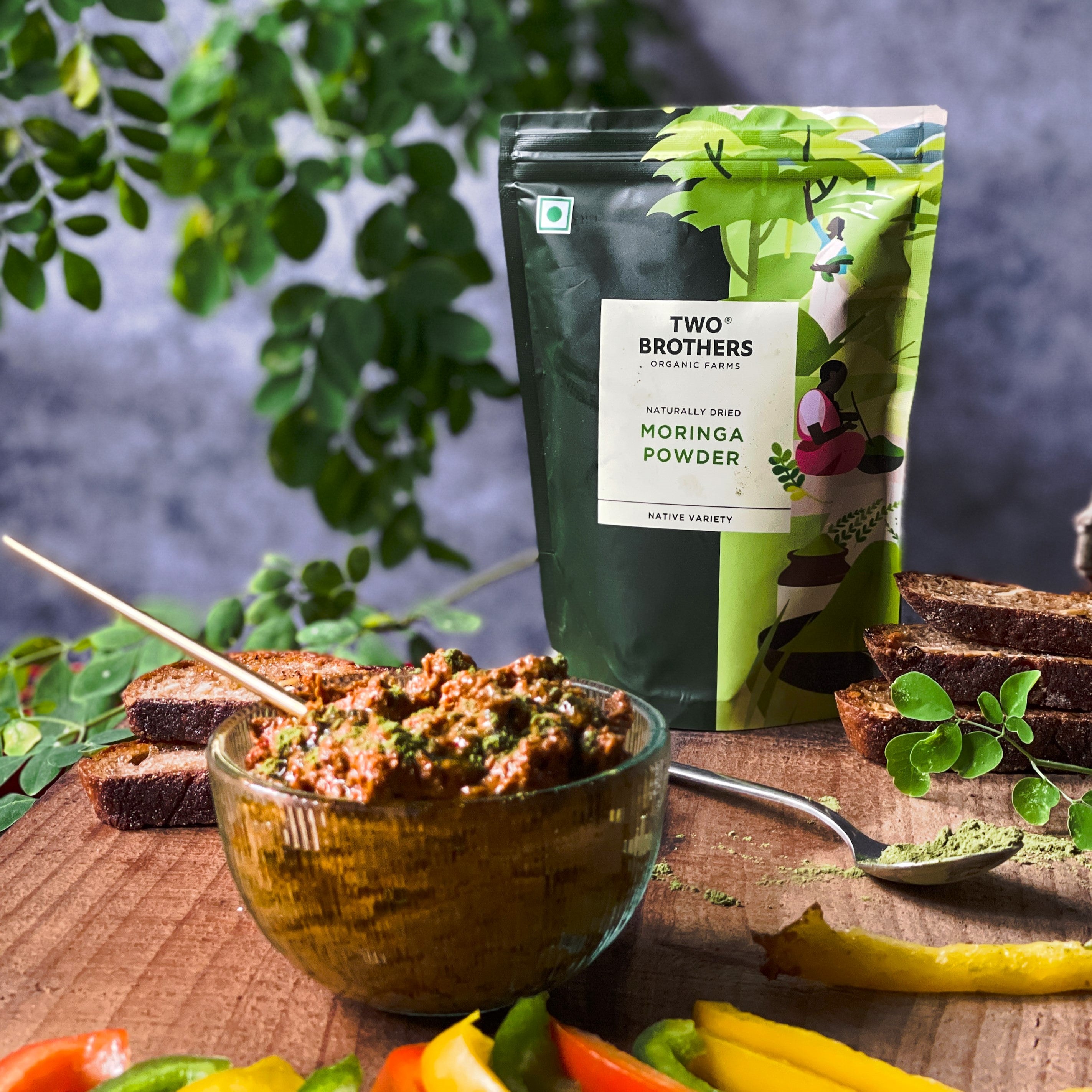An amazing facet of our heritage Indian kitchens are the many unique cooking vessels that exist. Let’s take the dimpled paniyaram iron kadai for example, it is carefully fashioned to hold symmetrical amounts of batter and cook it to a round shape which retains the fluffiness inside and turns the exterior to a golden crispness.

Image credit - Archana's kitchen
- The paniyaram moulds today are used for so many fancy cooking videos but the traditional iron paniyaram kal as it is referred to in the South, is the work of skilled craftspersons.
- The paniyaram retains its popularity as both a breakfast staple as well as a 4pm ‘tiffin’ snack. It can be enjoyed with coconut chutney or on its own, mixed with spices and vegetables.

Image credit - Archana's kitchen
- A millet paniyaram is made by mixing presoaked millets along with rice and lentils, further fermenting it to get an airy batter.
- The recipe is simple and all it takes is a bit of planning ahead.
Recipe for Millet Paniyaram
- Kodo millet -1/2 C
- Little millet -1/4 C
- Parboiled rice- 1/4 C
- Black urad dal (broken)- 1/4 C
- Fenugreek seeds -1 tsp
- Salt (as per taste)
- Chopped onions-1/4C
- Green chillies- 4 chopped
- Ginger- 1 inch piece chopped fine
- Curry leaves- a few

Let's Make Millet Paniyaram -
1. Soak the rice, millets and urad dal together in water for 4-5 hours. Soak the fenugreek as well.2. Drain the water (add to the plants) and wash it well twice and drain again.
3. Using a wet grinder or mixer jar, grind the pre soaked ingredients to a smooth paste adding little water. It shouldn’t be thick like a paste or too thin.It should be of a pourable consistency like an idli batter.
4. Add salt, mix well and let it ferment for about 8 hours, covered.
5. Once it is fermented it can be used as is.
The other option is to take as much as is required for one meal, add in the chopped onions, green chillies, ginger and curry leaves. Tear the curry leaves before adding.
P.S. - The remaining batter can be kept refrigerated until the next day.
6. Grease the paniyaram kal by adding a little bit of GHEE or Cold pressed oil into the hollows.
7. Place it on medium heat and Pour in the batter using a ladle, into each hollow.
8. Cover and cook until the batter is done. (it should no longer be wet).
9. Using a long steel or bamboo skewer, run it around the rim of the paniyaram and turn it over. If it is cooked well, it will turn over easily. The top will be crisp.
10. Let it cook for a minute. Using the same skewer, pierce the paniyaram and remove from the kal.
11. Serve when hot. Tastes good when eaten hot or warm with coconut or onion tomato chutney.

Explore range of TBOF millets https://twobrothersindiashop.com/collections/millets
You might also find the following recipe helpful - https://twobrothersindiashop.com/blogs/farmers-kitaab/rainy_day_recipe_-_foxtail_millet_khichdi_with_moringa_leaves
To know more about growing practices that we follow for millets, click here
For All Products - SHOP NOW










